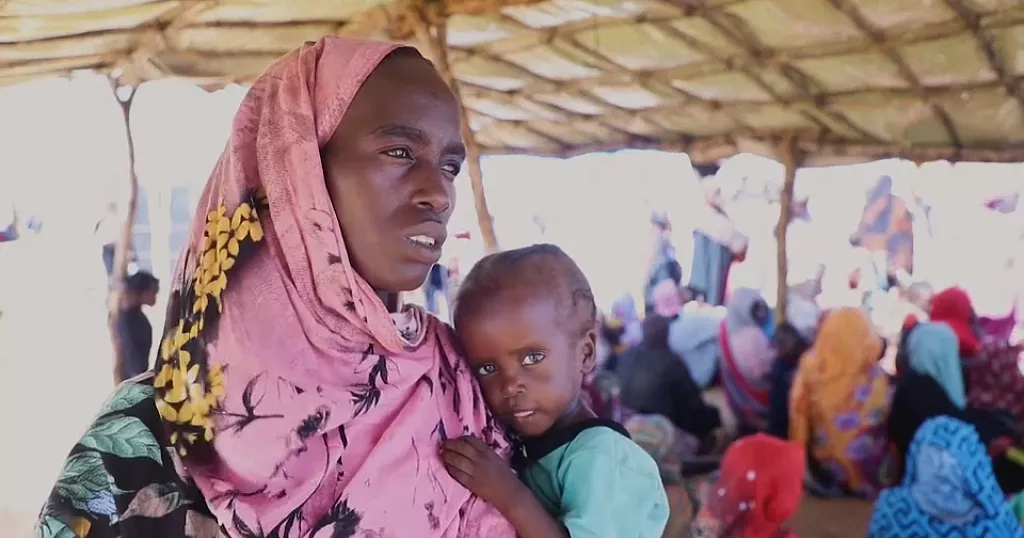Aid Group Limits Treatment for Malnourished Children Amid Supply Blockage in Sudanese Camp
2 min read

In response to a severe humanitarian crisis, an aid organization has announced it will cap the number of children receiving treatment for malnutrition at a camp in Sudan due to ongoing supply blockages. The group warned that without timely intervention, children with severe malnutrition are at imminent risk of death within 3 to 6 weeks. The situation at their field hospital in Zamzam is dire, with the malnutrition ward operating at 126 percent capacity, indicating that many children are in critical condition. The organization is urging all warring factions in Sudan to permit the safe passage of humanitarian aid across borders and front lines.
On Thursday, the Famine Early Warning Systems Network, which monitors global food security, issued an alert confirming that famine conditions are present in the Zamzam camp. The United Nations also reported that famine conditions are affecting some regions of war-torn Sudan and are expected to persist for at least the next two months.
The conflict between the Sudanese Armed Forces (SAF) and the Rapid Support Forces (RSF) has been ongoing since April 15, 2023, and has escalated significantly. Fighting in El Fasher, the capital of North Darfur State, has been particularly intense since May 10. The World Food Program has warned that this protracted war could lead to one of the largest hunger crises in recent history.
Both the SAF and the RSF have been trading accusations over the cause of the famine, but the devastating effects of the conflict are clear. According to recent UN data, the war has resulted in over 16,650 deaths and displaced approximately 10.7 million people within Sudan. Additionally, around 2.2 million individuals have fled to neighboring countries seeking refuge.
As the situation continues to deteriorate, humanitarian organizations are struggling to provide adequate support amid blockages and restrictions, leaving many vulnerable populations at severe risk.